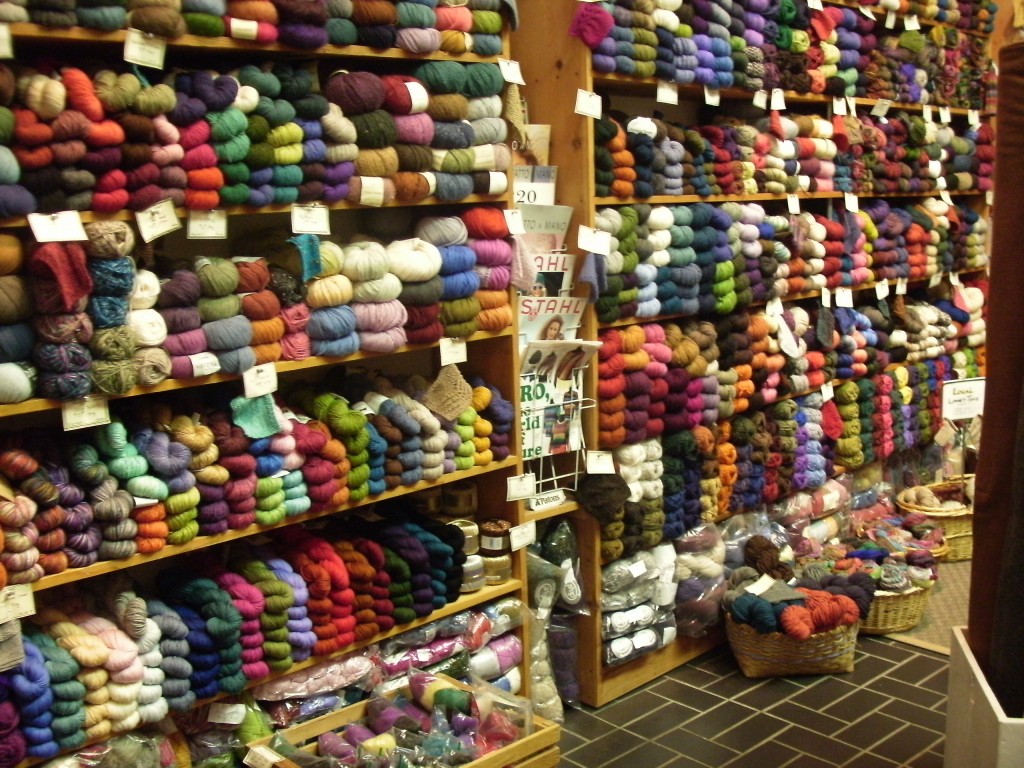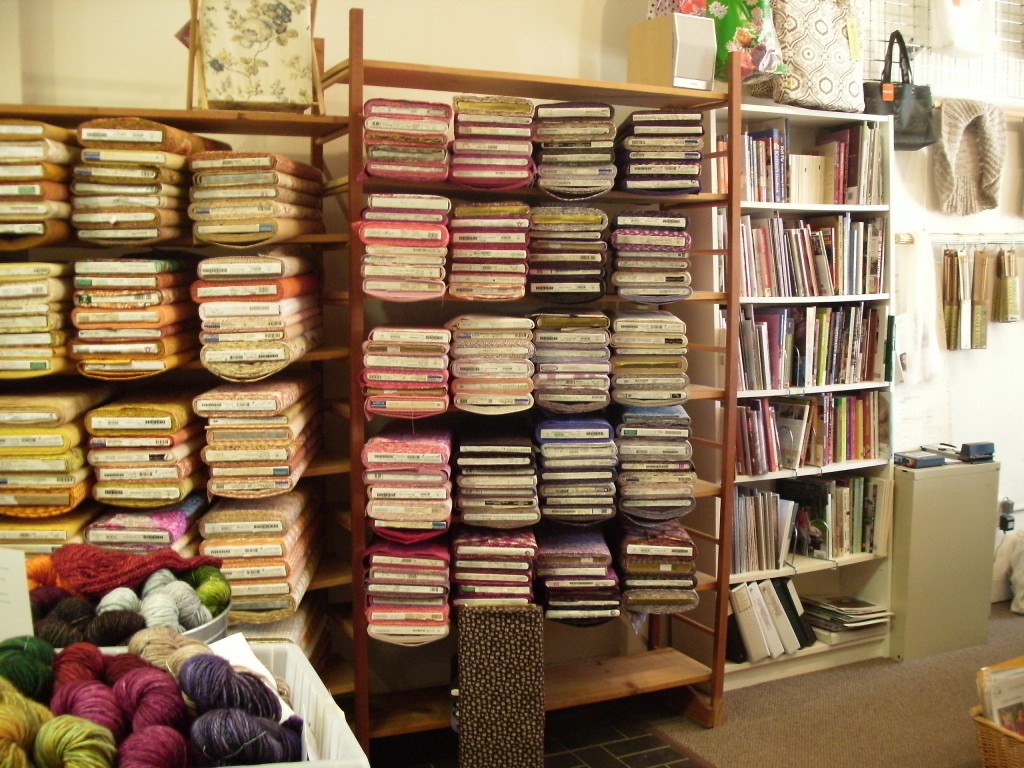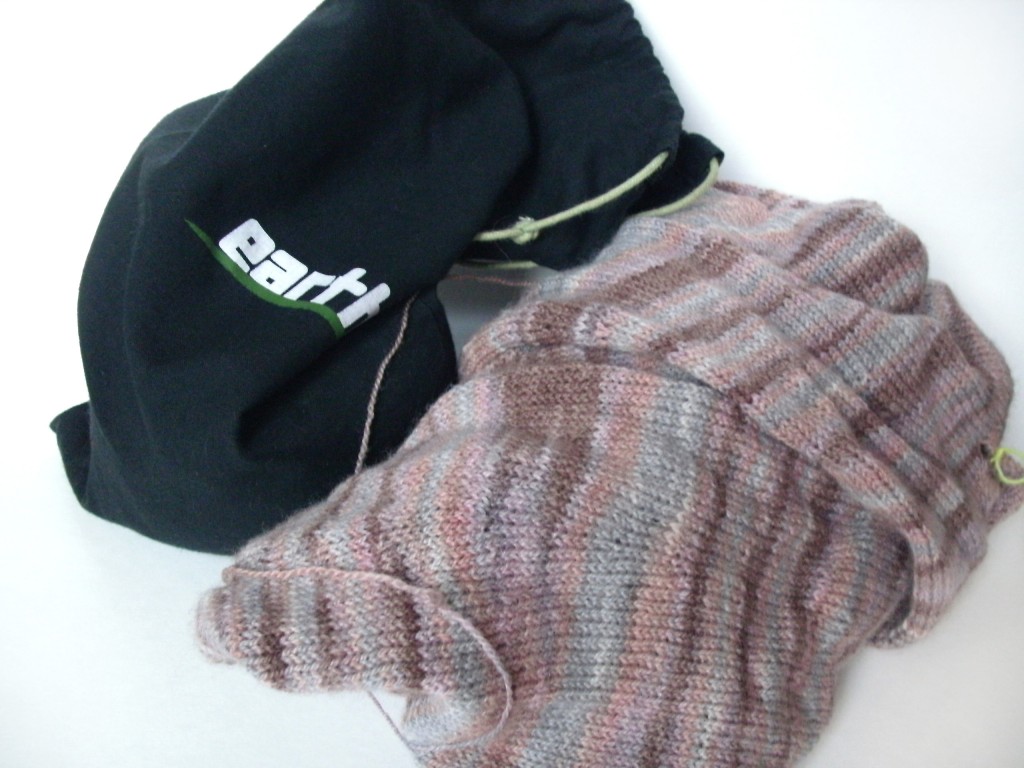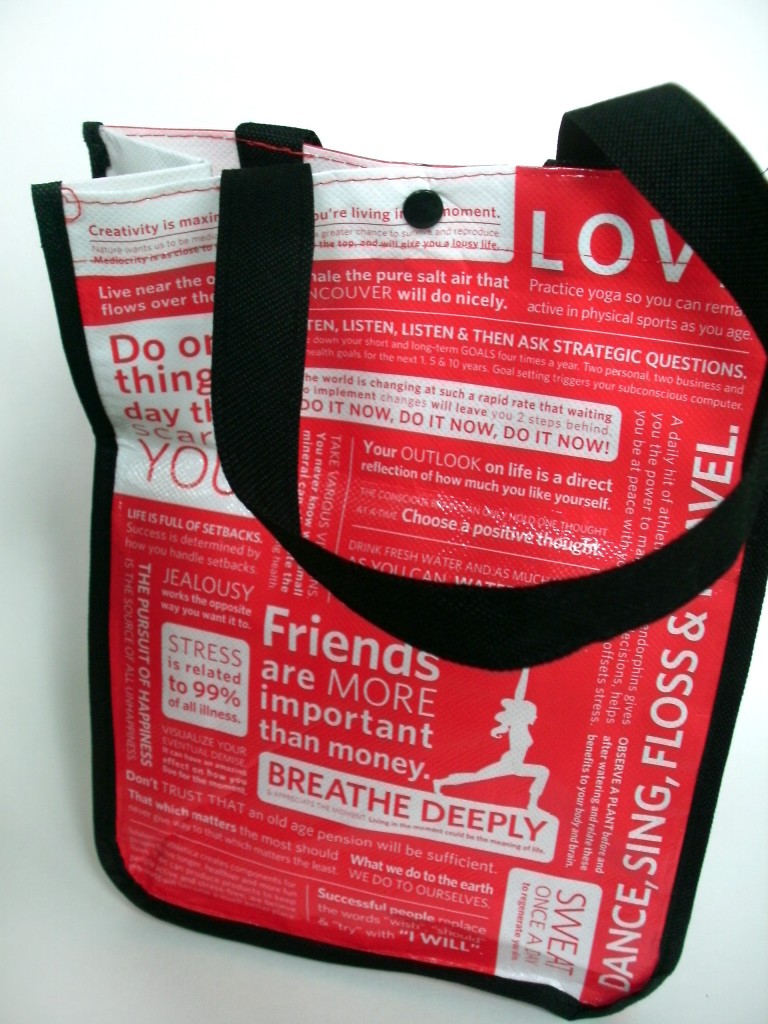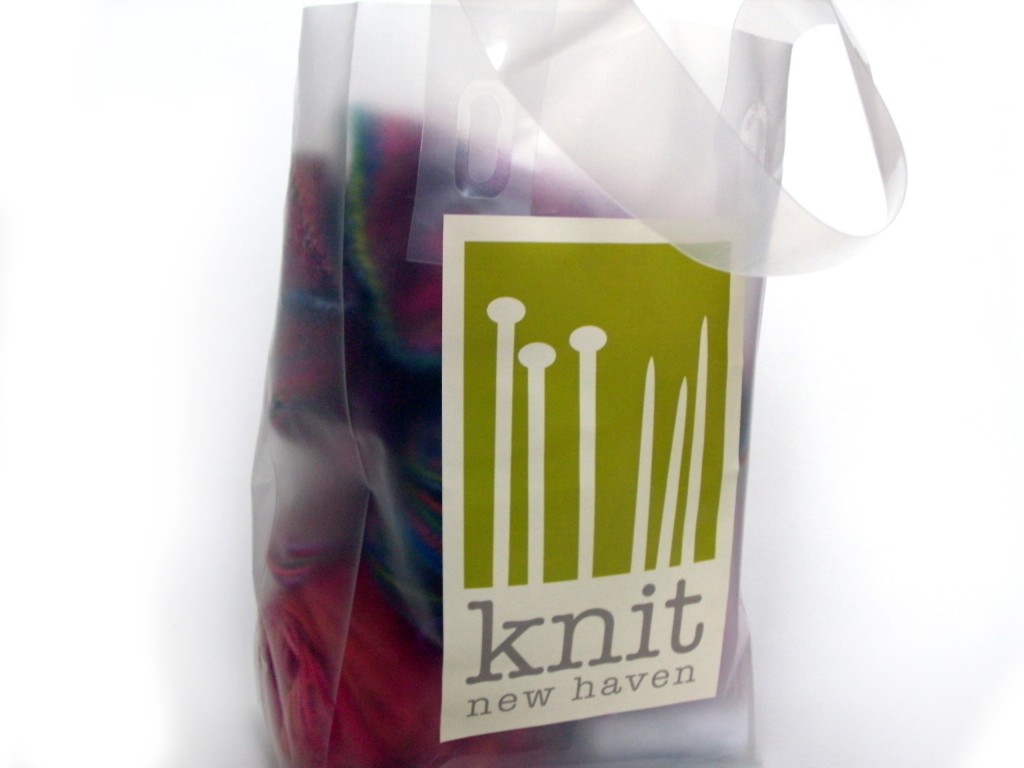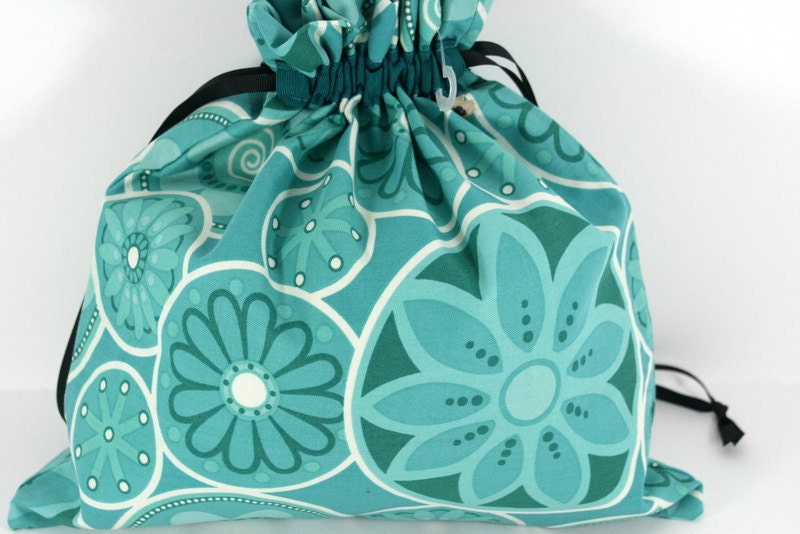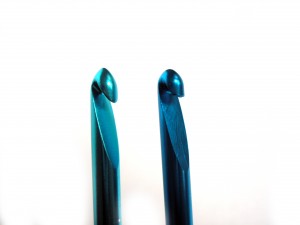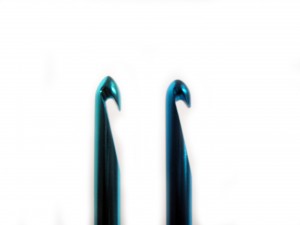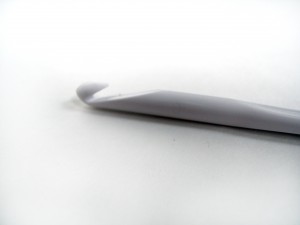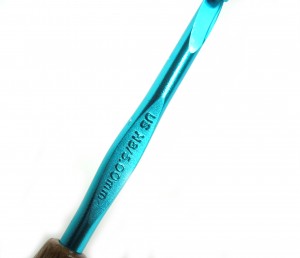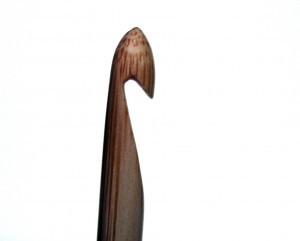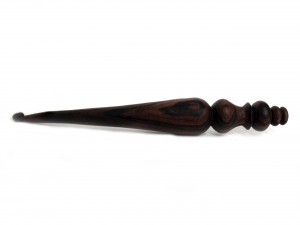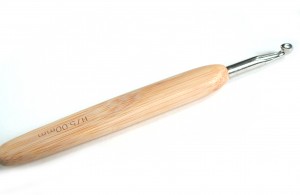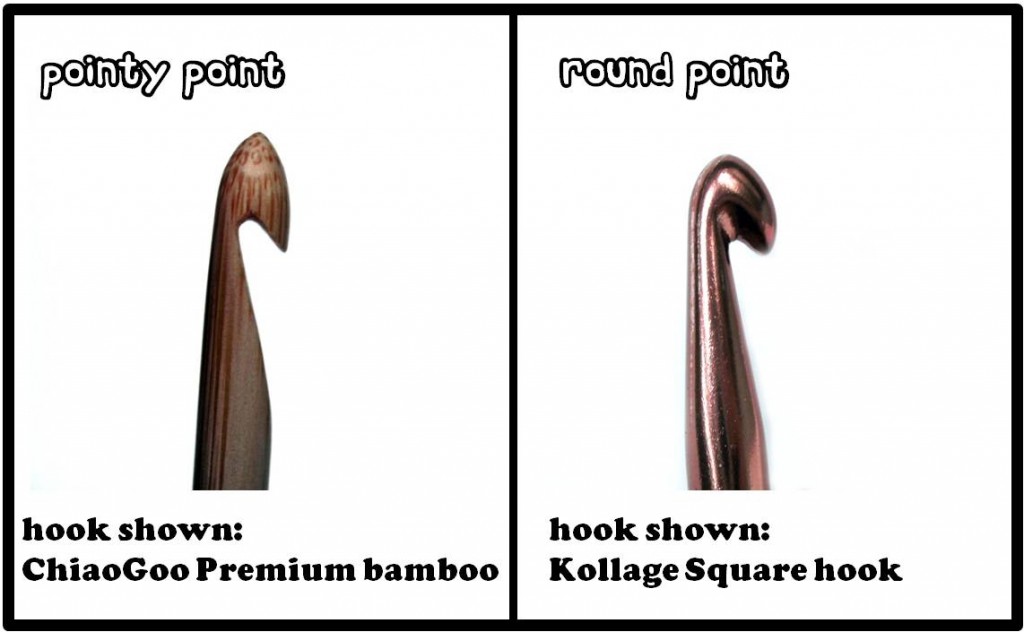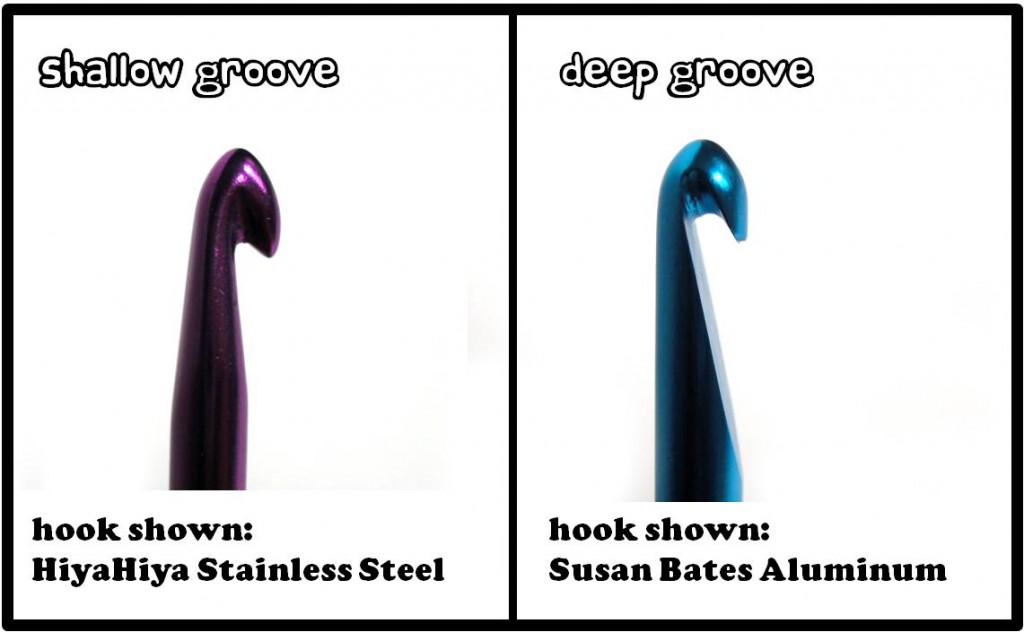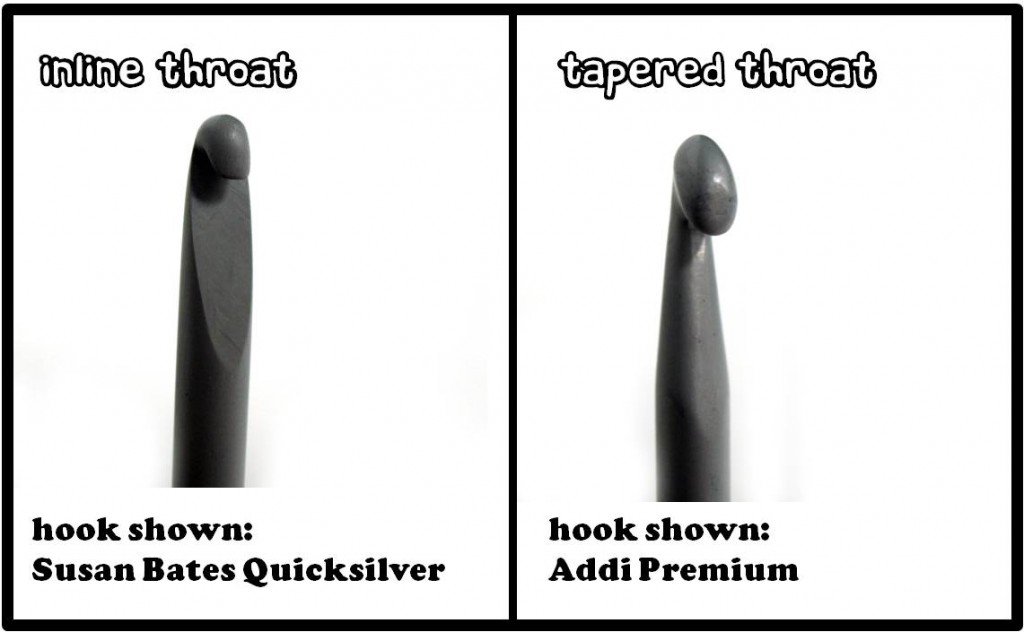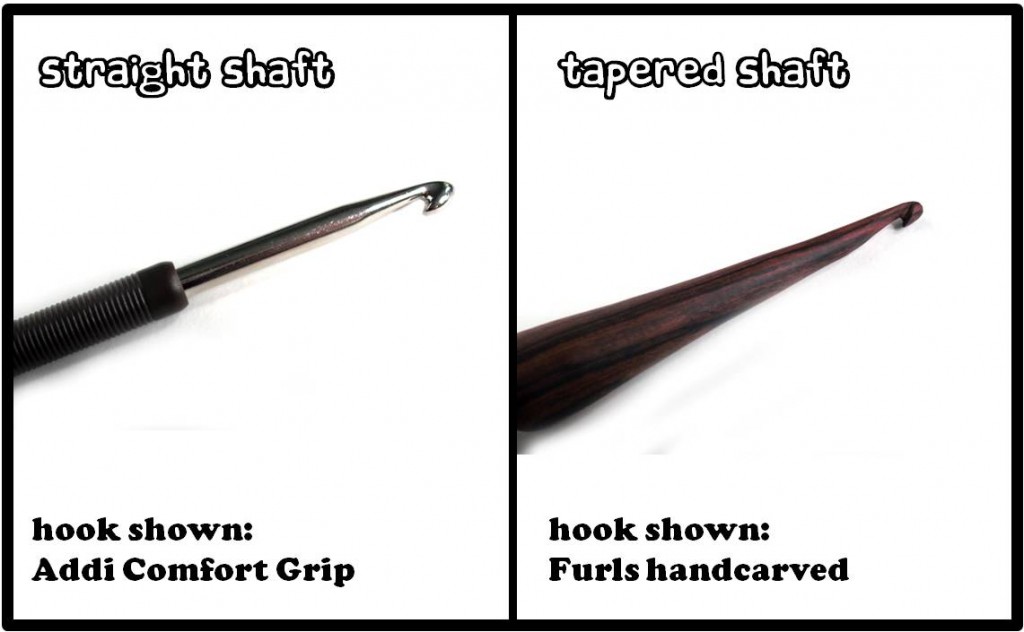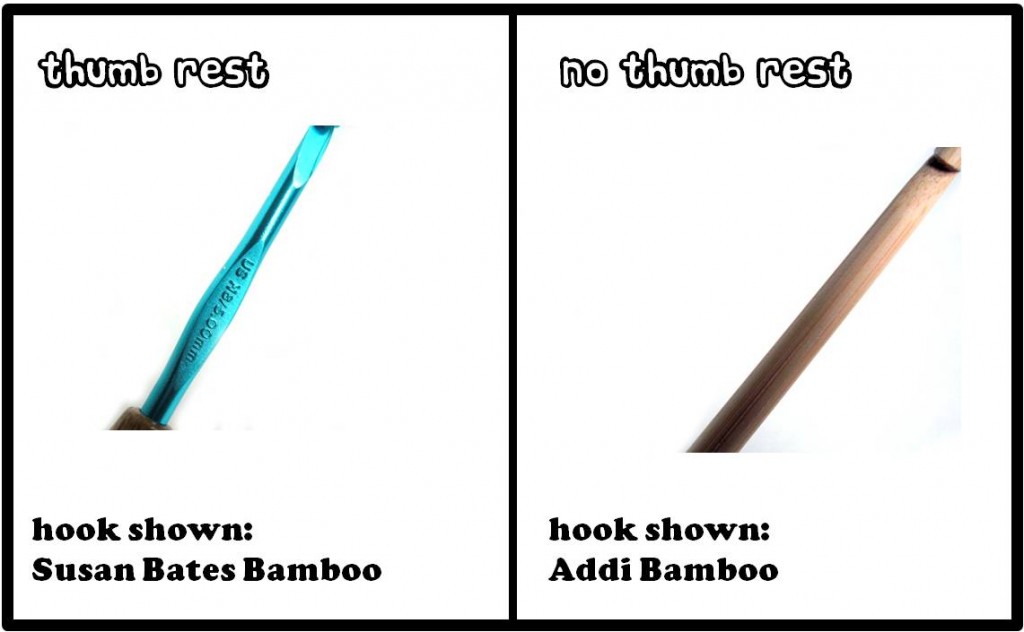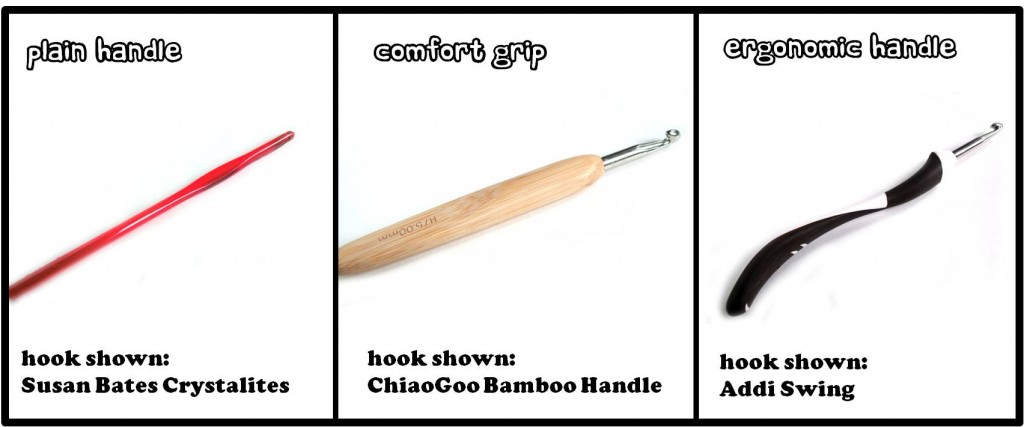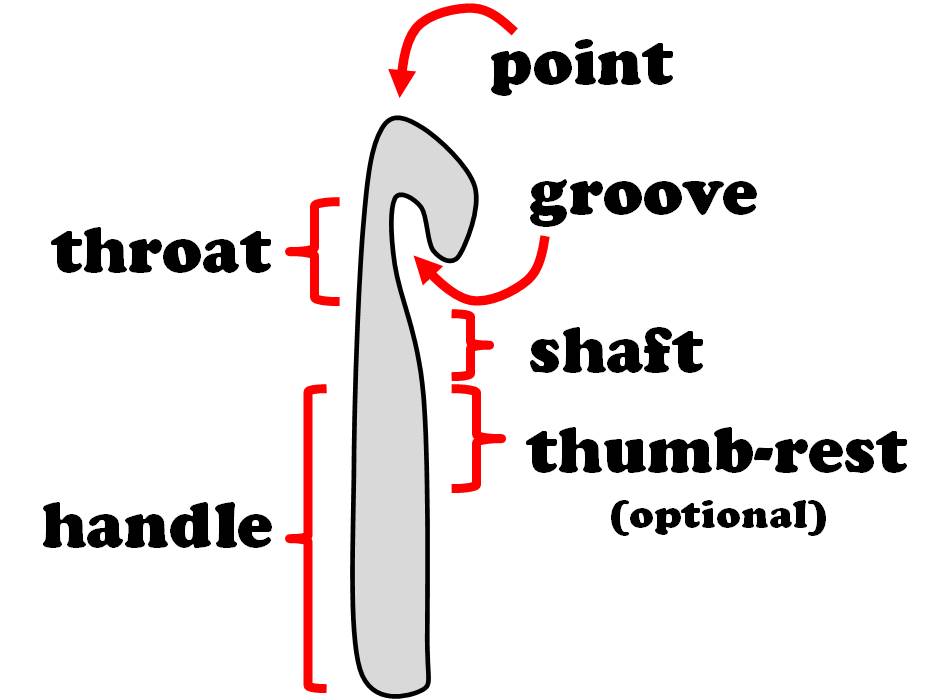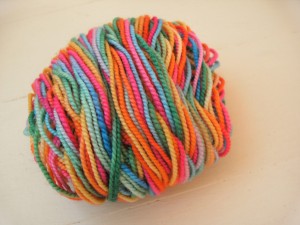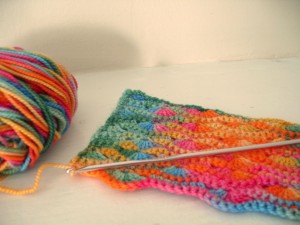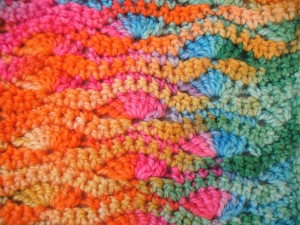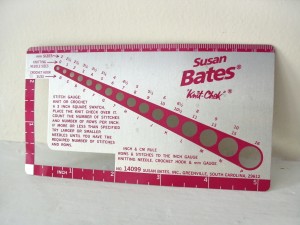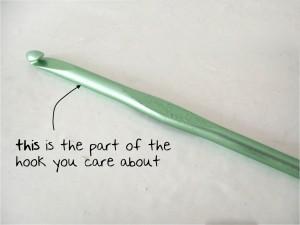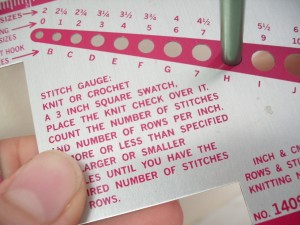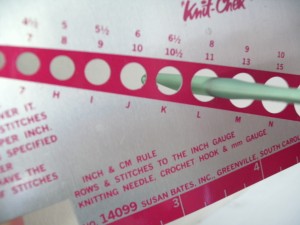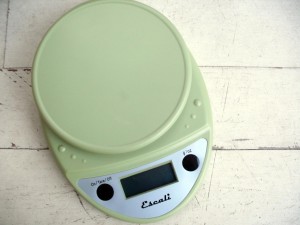As I said before, there’s no such thing as a perfect hook. What works well for one person may be a disaster for someone with a different crocheting style. The best thing that I can do, as a reviewer, is tell you the pluses and pitfalls of various crochet hooks. What you end up loving is going to be dependent on your style! On Wednesday, you learned what kinds of hooks suit your particular crochet style (if you weren’t here on Wednesday, no worries… go do it now!).
There are oodles of crochet hooks on the market, and I didn’t have the time to review them all! And, to be honest with you, I’m not sure you’d be interested in reading all of them. I mean, lots of companies make a bamboo hook… and the differences between them are pretty minimal. So, in this review, I’ve focused on hooks that are different from the rest!
They each have pros and cons… and only some will be suited for your particular crochet needs. Let me know which ones work for you!
Addi Swing
The Addi Swing is the ‘most ergonomic’ hook that I’ve tried: it really is made to fit perfectly in the palm of your hand. It also has some flexibility (the actual handle is some type of plastic, without the metal hook penetrating into the handle), so it’s very comfortable on your hands.
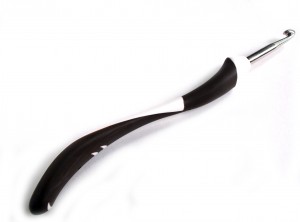
And the hook is made from the same high-polished chrome as the Addi knitting needle (my personal favorite needle), making for low-friction and speedy crocheting.
Even though I love holding the hook, I don’t love actually crocheting with it. Perhaps my hands are too small? I can’t pin it down exactly, but something about the design of the hook forces my palm to be further from my thumb than I like it to be. Despite giving it a fair go, I just can’t get used to it.
Pluses: The handle is super-comfortable, the head is quick and the hooks are clearly labelled for size.
Pitfalls: Because the hook is made to fit the hand, it might not be perfect for everyone’s hand or crocheting style.
Verdict: Totally worth giving a try if your hands are a bit achy. Although, I might try to find a friend with one to test out before splurging.
Kollage Square Crochet Hook
The square handle was invented by Kollage… so it’s completely unique to the brand. The package claims that the hook decreases stress and strain, and is perfect for those who have arthritis or carpal tunnel syndrome.
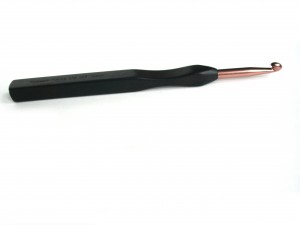
I have the same general comment with this hook as the Addi… it feels fabulous! But, I have trouble crocheting with it. Maybe it’s me! The Kollage hook has the thumb rest 1″ lower than the Susan Bates or Addi Premium hooks, which for me, is just too far away. However, I think there are oodles of people out there who would love this hook.
Pluses: The handle is super-comfortable and isn’t as ‘hand-specific’ as other ergonomic hooks.
Pitfalls: The thumb rest is much lower than other hooks, which may require some adjustment for folks.
Verdict: Feels lovely, but like other ergonomic hooks on the ‘nice’ side, I’d try to touch one in person before committing.
Susan Bates Bamboo Handle
This hook sports the ‘standard’ Susan bates hook, with a bamboo handle below the thumb rest.
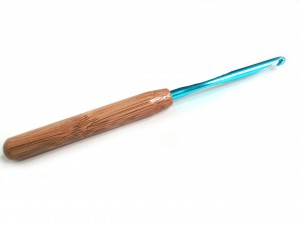
Because the handle is below the thumb rest, using this hook feels a lot like crocheting with a Standard Susan Bates hook. The advantage is a slightly bigger handle to hold on to.
Pluses: The bamboo handle may feel more comfortable for some crocheters.
Pitfalls: Since only the handle (below the thumb rest) is bamboo, the design may not be sufficiently ‘comforting’ enough for those with pain to experience relief.
Verdict: If you’re in love with Susan Bates hooks, and are looking for a step up, give this one a try.
ChiaoGoo Comfort Grip
This hook features a sleek metal head with an oval-shaped bamboo handle, laser-etched with the hook size information.
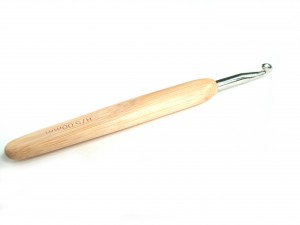
The bamboo on this hook is super-smooth… I just love touching it! The handle is also very comfortable: fits nicely in your hand without being over-shaped.
Pluses: The hook feels wonderful, and gives a nice handle for someone who wants to hold onto wood, but crochet with metal. Unlike other comfort hooks, the handle begins comparatively high up the shaft, making this hook comfortable for those with smaller hands.
Pitfalls: This hook is about 1/2″ shorter than other hooks, so it may not be comfortable for those with bigger hands.
Verdict: If you have arthritis (that’s helped by working with wood over metal), this hook and the Kollage are two hooks on the market that still allow you to crochet with the speed of a metal head. This hook may not be for you if you have larger hands, but see if you can try it out in person. This hook feels amazing to the touch.
Addi Comfort Grip
This hook features the same head as the Addi Swing (above), but with a much simpler handle. The handle is slightly thicker than normal hooks, and provides ridges for better grip.
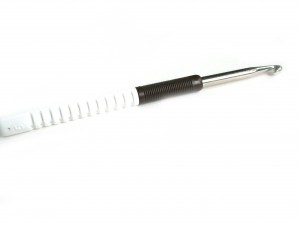
The hook is marked only with ‘5’ (it’s a 5.0mm size H hook), which might not be convenient for those who haven’t fully gotten the hang of the metric system. The handles, though, are also color-coded, which is useful for picking the right size out quickly from a whole assortment.
Pluses: This hook gives you a bit more to hold onto than a plain hook, and the ridges will be welcome to people who find metal hooks too slippery. (yes, one side-effect of crocheting too speedily is sweaty hands!)
Pitfalls: There isn’t much ‘comfort’ to this hook except that the handle is thicker than an average hook.
Verdict: If you find an average hook too skinny, this handle will be a welcome improvement for you. I’m not convinced it’s the best hook for those looking for comfort in the sense of ‘lessening aches in hands while crocheting’.
Furls hand-carved hook
This hand-carved hook is a fabulous piece of artistry. I can’t believe someone out there has the talent to make these… but obviously, the folks at Furls do!
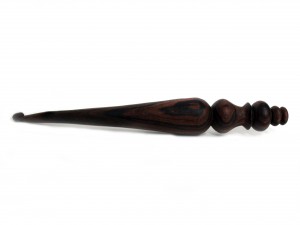
The hook is absolutely beautiful, feels incredibly smooth and has a medium-pointy point. The shaft on the hook is tapered, which means that there isn’t a part of the hook that has a resting place for the stitches (perhaps there’s a centimeter where it isn’t tapered? It’s hard to tell.). This feature will probably make it difficult for many crocheters to obtain an even gauge… although maybe it just takes practice.
Pluses: This. hook. is. stunning.
Pitfalls: The tapered shaft is a sticky point. In practice, my loop slides way too far down the handle, giving me bigger stitches than I’d wanted.
Verdict: With practice, you could probably develop a rhythm that will give you even stitches. Functionality aside, this hook is beautiful, and makes an amazing addition to any collection.
Susan Bates SmartGlo hooks
These hooks really do glow in the dark!
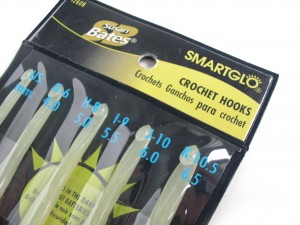
I tried these hooks out during my 36-hour power outage (courtesy of Hurricane Irene), and although they really glowed, they’re not meant to actually let you crochet in the dark. These hooks would be beneficial if you’re working on very dark yarn or if your eyes need extra light as you work (as so many of us do as we age).
Pluses: They’re fun! They glow… that’s kinda cool.
Pitfalls: They aren’t a replacement for a lamp.
Verdict: Being a youngster with great eyes (I’m actually light-sensitive, so I’m rarely seeking out more lighting) who works at home (where I can turn on a lamp if I want), I probably wouldn’t use these. But, if you work on-the-go in places where the lighting isn’t great (the subway comes to mind), these might give you the boost you need!
Ultimate Crochet Hook Review Wrap-up
Phew! That’s a lot of hooks! There’s even more on the market… there’s too many to get them all!
I really hope you’ve enjoyed all of this information and maybe you’ve spied a new hook you want to try!
I’d love to hear in the comments about your favorite hook! What’s the one you love using now? Are there any you’re inspired to try? Let me know!








